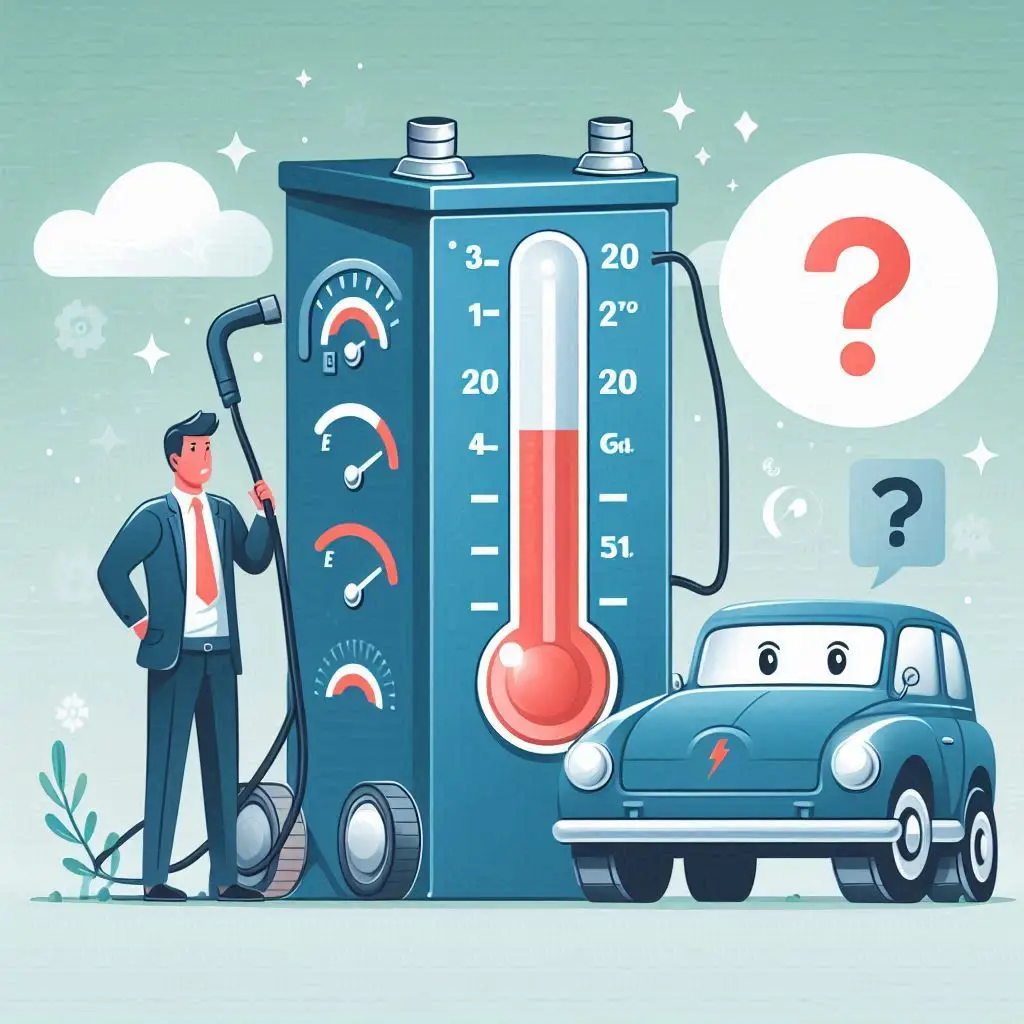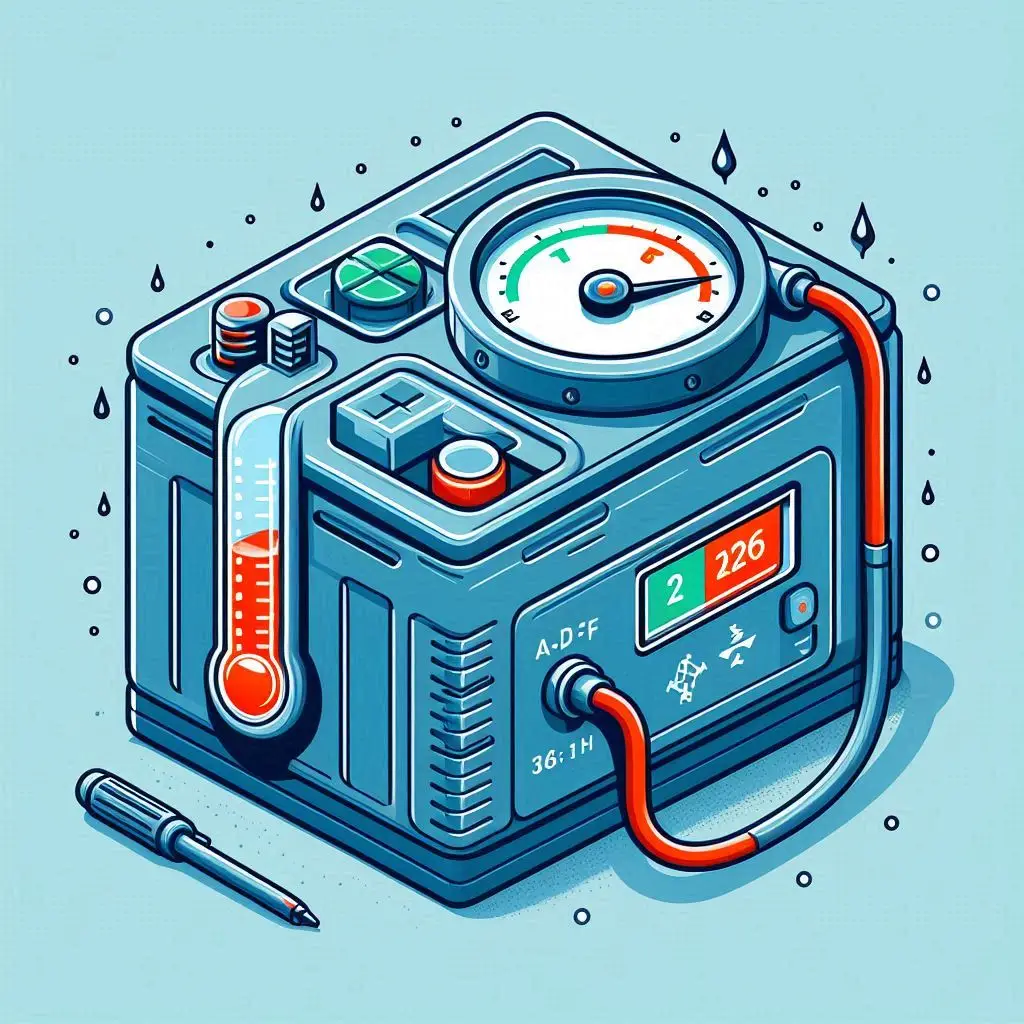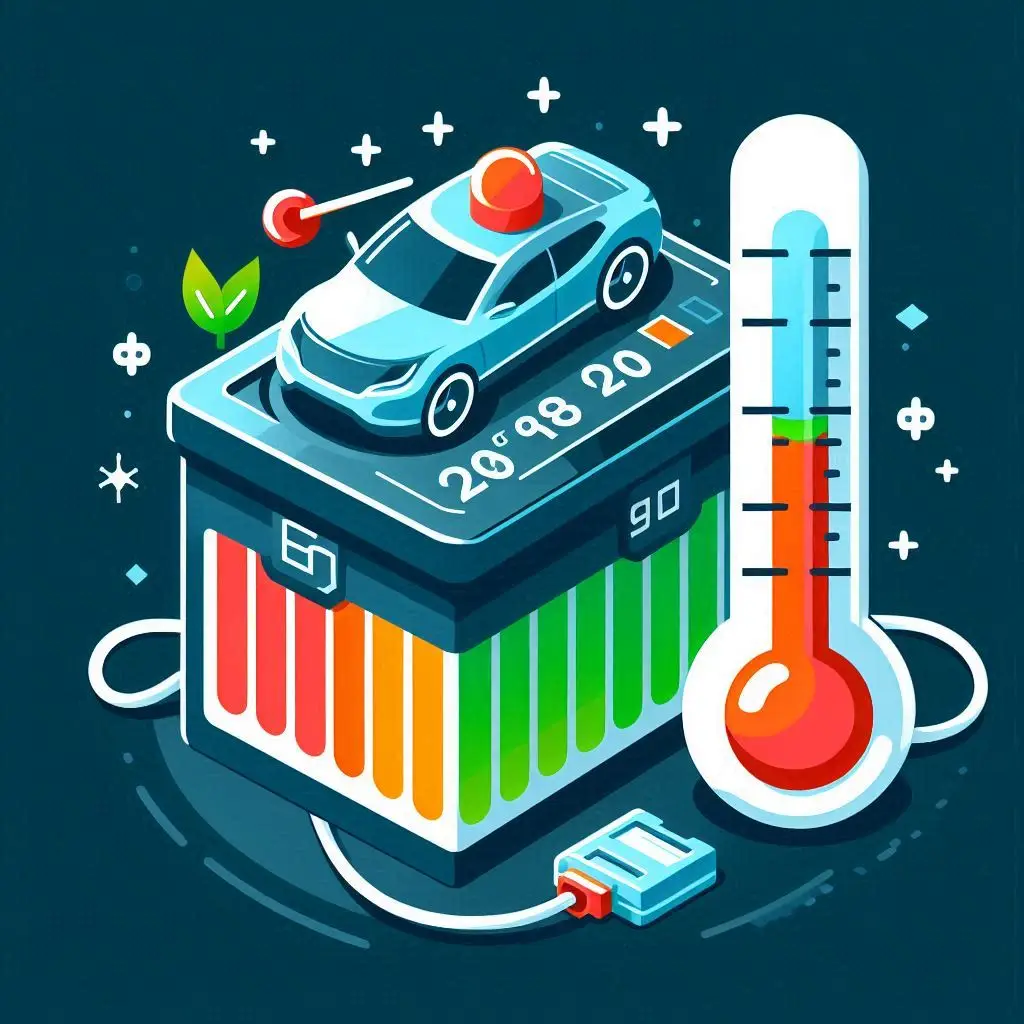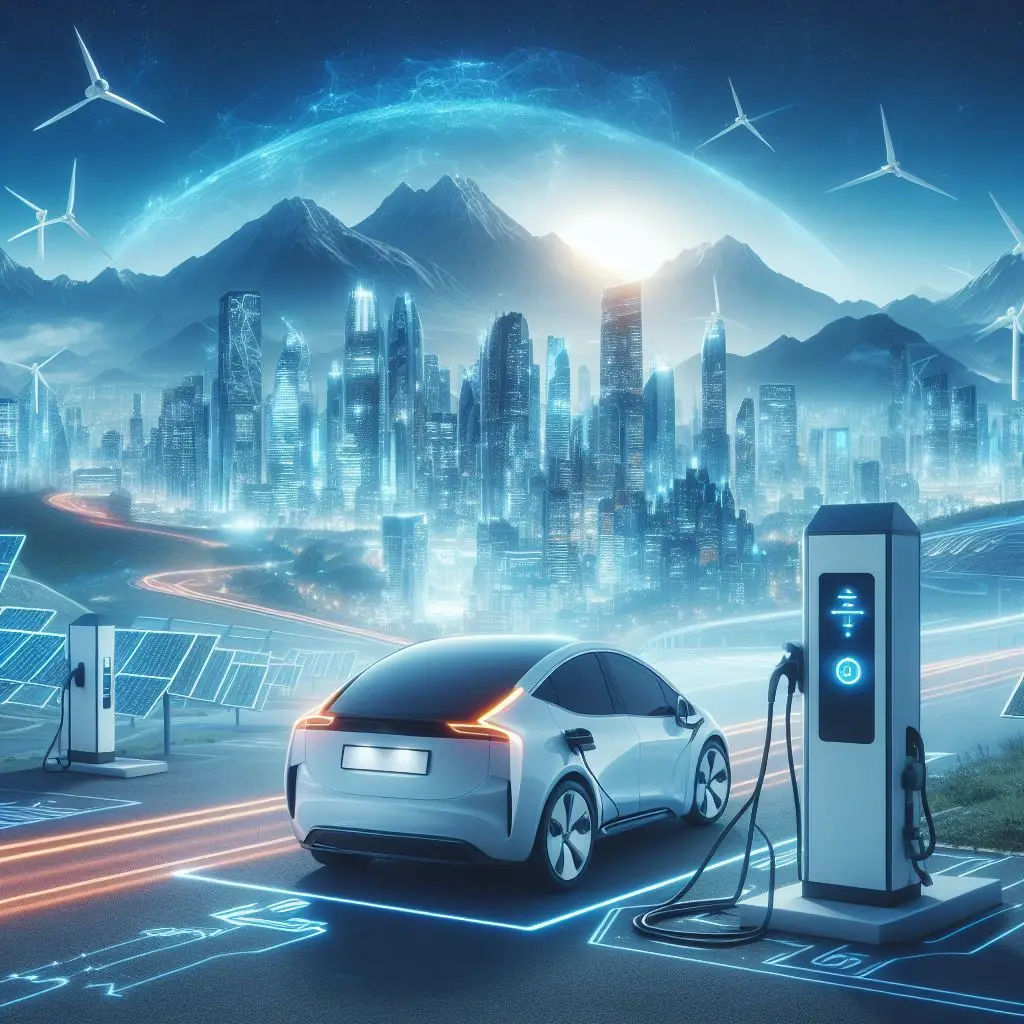What is battery preconditioning?
Battery preconditioning is a fairly simple concept. Cold batteries don’t charge very well, nor do very hot ones. Battery preconditioning aims to overcome these two situations.
The most common form of battery preconditioning is to warm up the battery to optimum charging temperature.
A less common form of battery preconditioning is to cool the battery down to optimum charging temperature.


Why do I care?
Well in most home charging situations you won’t! But! If you’re on a road trip and you want that super fast charge, you’re going to care a whole lot. I found out the hard way on my recent Tackling Tasmania Road Trip.
My EV6 was only getting 95kW out of a 350kW charger and I know the car is capable of taking well over 200kW. The hint? It was 8 degrees celsius out there (41F for our American friends). By simply using the in-car navigation to start preconditioning for the next stop, I started seeing those 200+kW charge rates, despite being even colder (it was only 5 degrees when we got further inland).
This almost halved the charge time, and resulted in the car being ready before the family had completed getting snacks, toilet stops, and everything else. The car ended up waiting for us, rather than us waiting for the car.
How do I get battery preconditioning working?
Well, this is going to depend on your car. Most implementations have an on/off toggle somewhere in the settings but this isn’t the end of the story. The most important part is to use your car’s native navigation features. Why?
The car needs to know when you’re going to arrive at the charger, so it knows when to start preconditioning. Most battery preconditioning implementations depend on your in-car navigation to get the battery prepped for charging. So don’t use Google Maps, don’t use plugshare or ABRP. You can use these to identify the charger, but then program the destination into the car’s navigation system. Make sure the car recognises it’s a charger.
At the appropriate time, the car will start warming or cooling the battery to optimum charging temperature and you’re in for one of those truly satisfiying super fast charges. Ive found that it kicks in about 30 or 40 km out from the charger when on the highway.
Don’t dawdle at the snack bar, your car might be fully charged and ready to go before you know it.
Notes:
- Not every car model offers battery preconditioning. Check your user manual, or ask questioins in relevant online groups/forums.
- Some cars might need a software upgrade to take advantage of this (2022 Kia and Hyundai often need this update from a dealer – you can get this done when you get the car serviced).
- Some cars might offer only battery warming.
- It isn’t needed for AC charging – the slower rate of charge means there’s no real benefit. I’ve always found that AC charging kicks in at maximum rate at home. Kia maps has no idea I have an AC charger at home, so preconditioning can’t be happening.
- You should use the native in-car navigation. Don’t use ABRP, Google maps or any third party mapping app for navigating to the charger. Use ABRP, plugshare or other third party apps to find your charger, but then program it into the car’s own nav system.
- If your battery state of charge (SoC) is relatively high, then don’t expect maximum DC charge rates, as the battery management system will start to slow your charge rate from about 60% and slow right down by the time ou get into the mid 80% range. It does this to protect the battery and is not directly related to battery preconditioning. Preconditioning works best when your SoC is below 50%.


